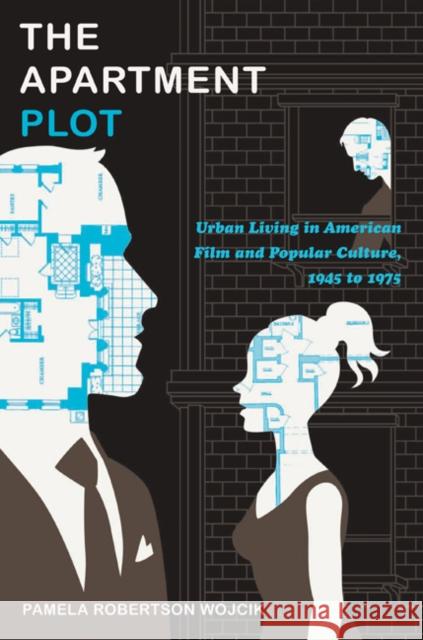The Apartment Plot: Urban Living in American Film and Popular Culture, 1945 to 1975 » książka
The Apartment Plot: Urban Living in American Film and Popular Culture, 1945 to 1975
ISBN-13: 9780822347521 / Angielski / Twarda / 2010 / 342 str.
The Apartment Plot: Urban Living in American Film and Popular Culture, 1945 to 1975
ISBN-13: 9780822347521 / Angielski / Twarda / 2010 / 342 str.
(netto: 442,20 VAT: 5%)
Najniższa cena z 30 dni: 462,54 zł
ok. 22 dni roboczych.
Darmowa dostawa!
Rethinking the significance of films including Pillow Talk, Rear Window, and The Seven Year Itch, Pamela Robertson Wojcik examines the popularity of the apartment plot, her term for stories in which the apartment functions as a central narrative device. From the baby boom years into the 1970s, the apartment plot was not only key to films; it also surfaced in TV shows, Broadway plays, literature, and comic strips, from The Honeymooners and The Mary Tyler Moore Show to Subways are for Sleeping and Apartment 3-G. By identifying the apartment plot as a film genre, Wojcik reveals affinities between movies generally viewed as belonging to such distinct genres as film noir, romantic comedy, and melodrama. She analyzes the apartment plot as part of a mid-twentieth-century urban discourse, showing how it offers a vision of home centered on values of community, visibility, contact, mobility, impermanence, and porousness that contrasts with views of home as private, stable, and family-based. Wojcik suggests that the apartment plot presents a philosophy of urbanism related to the theories of Jane Jacobs and Henri Lefebvre. Urban apartments were important spaces for negotiating gender, sexuality, race, and class in mid-twentieth-century America."











